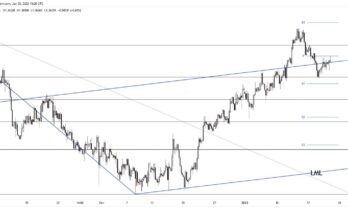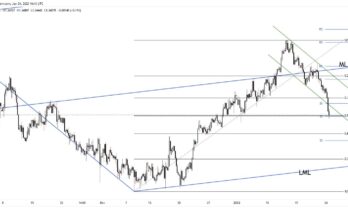Dollar strength was the continuing theme of Wednesday. The dollar index pushed above the 85.0 level and more decisively above the peak of 84.75 seen in mid-2013, putting the dollar (on this measure) at levels last seen mid-2010 when the euro was getting hammered in the early stages of the Eurozone crisis. We are now in our 11th consecutive week of dollar gains, something not seen since the start of floating exchange rates in the early 70s. Both sterling and the euro are bearing the brunt of this latest move. Dollar has moved decisively below the 1.28 level, whilst the recovery in cable has been halted by the break below trendline support drawn from the 16th September low. This is less a data driven dollar move, because the recent run of data through September has actually fallen short of expectations. It’s more down to a shift in FX market dynamics, as the dollar shifts more decisively from being a funding currency towards being an asset currency. The push lower in Eurozone interest rates and yields has naturally added to this dynamic, together with the weakness seen in commodity prices and also with it the Aussie dollar and also the kiwi.
The kiwi pushed below the 0.80 level in overnight trading, to levels not seen for a year. There were more stern comments from central bank governor Wheeler, who said that the central bank expected “significant further depreciation†of the currency. The sentiments of both the RBNZ and also RBA are well known, but the timing of the remarks are pertinent given the generalised dollar strength at this time. The Aussie itself has broken below the 0.88 level, undermined by (amoung other things) the recent weakness of iron ore prices. The moves over recent days suggest we are going to see a fairly lively month last few trading days of the month.
Further reading:
Dollar
Dollar



